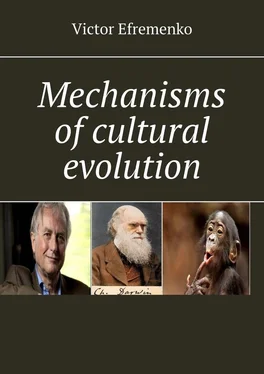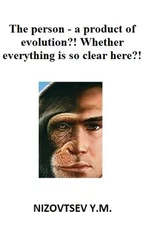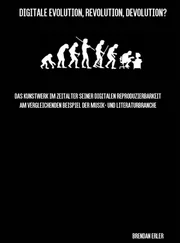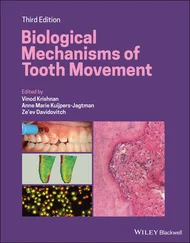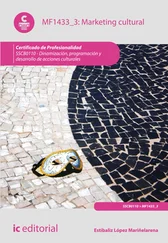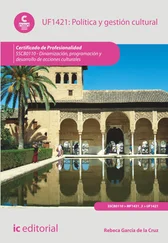This term is used to refer to the entire development process, which consists of fairly smooth periods and sharp revolutionary periods. Sometimes this term is used to name only smooth periods of development.
The idea of evolution cannot be considered only one of the hypotheses explaining the world order. In biology, this is the only reasonable theory that allows you to combine the available information about the life of different creatures at different times.
Prerequisites for the evolution of living things
The prerequisites for the evolution of living nature are as follows:
1. Variability of objects of living nature. Descendants are not clones of the parents and are always different from them in some aspects.
2. Selection. Living objects, being in populations, are forced to fight for limited food resources. Therefore, inevitably there is a struggle with others like themselves or with environmental conditions for vital resources, i.e. the possibility of existence and reproduction. Charles Darwin called these processes natural selection.
3. Inheritance. Those individuals that, by their innate qualities, will be most adapted (adapted) to the conditions of existence, have more chances to survive and reproduce. These qualities in biological evolution are provided by the mechanisms of inheritance.
Charles Darwin established the first two conditions, but he knew nothing about the mechanisms of inheritance. The mechanisms of inheritance were investigated later.
If at least one of these conditions is not met, for some objects, then they do not evolve. Throughout biological evolution, the first and third conditions are met due to the presence of genes in cells, which play a key role in the mechanisms of inheritance.
Genes ensure the inheritance of only innate properties, and not acquired during life.
This is one of the cornerstones of population genetics.
Human cultural evolution has been observed throughout the entire historical period. Its manifestation consists in the accumulation of cultural achievements (adaptations) by humanity, achievements not innate, but acquired. This raises questions about how cultural adaptations arise and where they accumulate and what are the mechanisms of their inheritance. After all, cultural evolution is an observable fact. What plays the role of replicators (from the Latin replicatio, renewal, repetition) in cultural evolution instead of genes?
In populations of living organisms, in response to changes in the external conditions of existence, adaptations arise as a result of selection. These adaptations are fixed in genes and transmitted during the sexual process to the next generation, i.e. genes carry out vertical replication, link generations through inheritance.
Adaptation in biological evolution is a change in the morphology of organisms, allowing the body to better adapt to the conditions of existence. At the cellular level, adaptations consist in modifying the genome, which largely programs the morphological features of the organism.
Due to the established mechanism of transmission of adaptations through the sexual process, the restructuring of the morphology of organisms in populations occurs slowly, according to the scale of human life.
The historical process of human development (cultural evolution) demonstrates the development of culture. One culture replaces another, inheriting some of the features of the previous one. These changes occur much faster than the processes in biological evolution.
The presence of the evolution of human culture indicates that three conditions necessary for its course are fulfilled. But inheritance in culture is the inheritance of acquired properties that cannot be carried out with the help of genes. It can be concluded that the observed human cultural evolution, apparently, occurs with the help of other replicators (not genes) and a different inheritance mechanism.
Therefore, we can talk about the cultural (social) evolution of man, as evolution without genes, occurring with the help of other replicators. Over the past millennia, the appearance of new significant morphological changes in a person has not been seen, he has remained the same as he was. All changes in the conditions of existence are determined by the cultural evolution of a person.
It is time to define the concept of the term «Culture». You can find many definitions of the phenomenon of culture, which are given by people from different points of view. All these definitions are based on attempts to grasp the common in different types of cultural manifestations.
Another approach is based on defining a culture in terms of how it is inherited. The most convincing is the definition of the remarkable cultural scientist Yu. Lotman:
«Culture is a collection of genetically non-inherited information in the field of human behavior. Art is part of culture along with science.»
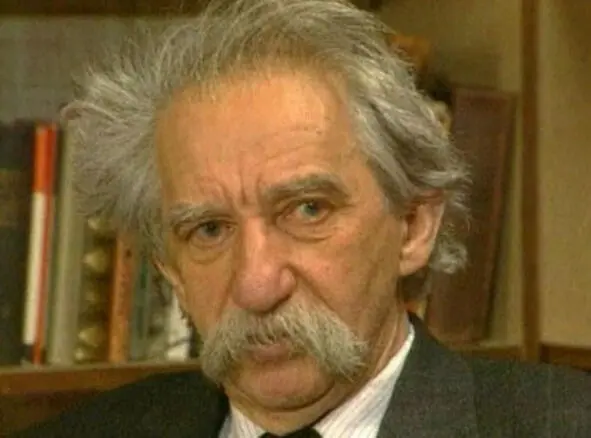
The term «mentality» comes from the Latin «mind, thinking, way of thinking, mental disposition», meaning a general mental attitude, a relatively holistic set of thoughts, beliefs, skills that creates a picture of the world in the head. Mentality is both a characteristic of the type of thinking (consciousness) and the subconscious activity of the brain.
A prerequisite for evolution in populations or societies is natural selection. In the cultural evolution of a person, adaptations consist in changing the mentality, which changes (adapts) a person’s behavior in such a way as to adapt it to external conditions, including the social environment.
But cultural adaptations do not arise at birth, but during life with the development of the mind. Since these mental adaptations are not inherited through genes, the question arises as to how they are passed on to subsequent generations. What replicators help this process take place? This issue will be discussed later.
Clarification of the term «cultural evolution»
Please note that it is incorrect to talk about the evolution of culture in itself. Culture is recorded in the form of traces of human activities. Culture is an inanimate substance and cannot evolve as a living one, with the creation of adaptations. The evolution of culture is manifested through changes in the discovered traces of human activity in different eras. If the traces of a person’s activity change, then apparently because the person himself changes, his thinking (mentality) and, as a result, his behavior change.
A person has morphologically changed insignificantly during the historical period, but his «soul» has changed. And speaking in scientific language, the mentality of a person has changed.
When anthropologists talk about changes in the bones of ancient animals from different eras they found, they conclude about the evolution of one or another species, and not about the evolution of the bones themselves. It’s the same with culture. An important clarification is that it is not the evolution of culture, but the cultural evolution of man.
When they start talking about the evolution of culture in itself, they fall into a logical dead end. It is impossible to talk about the evolution of an inanimate entity. And here art historians, philosophers and everyone who joined them are trying to find a way out, talking about the inheritance of elements from different cultures. This is a conversation about nothing. Warm and heavy cannot be combined in one theory.
Some cultural researchers see this incongruity. Cultural anthropologists such as Julian Steward drew attention to the Darwinian concept of «adaptation» in the middle of the 20th century, arguing that all societies must adapt to the environment in one way or another.
Читать дальше
